BE ADVISED: On Saturday, April 20 and Sunday, April 21, nearby events at Exposition Park and the University of Southern California will impact traffic, parking, and wayfinding in the area. Please consider riding the Metro E (Expo) Line and exiting at USC/Expo station.
Science in a Half-Shell: Dissecting Turtles at Home
NHM researchers dig for plastic in freshwater turtles
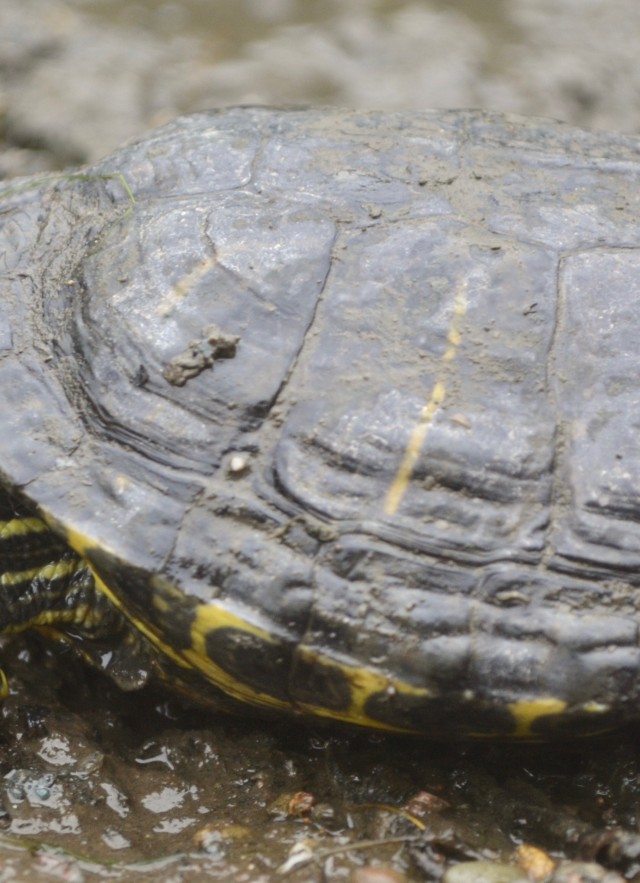
On March 19, 2020, Dr. Adam Clause, NHM’s Postdoctoral Fellow in the Urban Nature Research Center & Department of Herpetology, drove home with a jar full of dead freshwater turtles. Like many NHM researchers, Clause was taking specimens back to his place to keep museum science moving under lock down.
Scientists had long documented plastic’s negative effects on sea turtles. But together with Dr. Greg Pauly, who is NHM’s Co-Director of the Urban Nature Research Center and Herpetology Curator, Clause wanted to know if plastic pollution was becoming a problem for freshwater turtles too. “We hadn’t realized quite how understudied freshwater turtles were with respect to plastic, until we started digging into the scientific literature, and went, ‘Wow, there's really very little out there,’” Clause says. Which is why he started dissecting turtles at home.
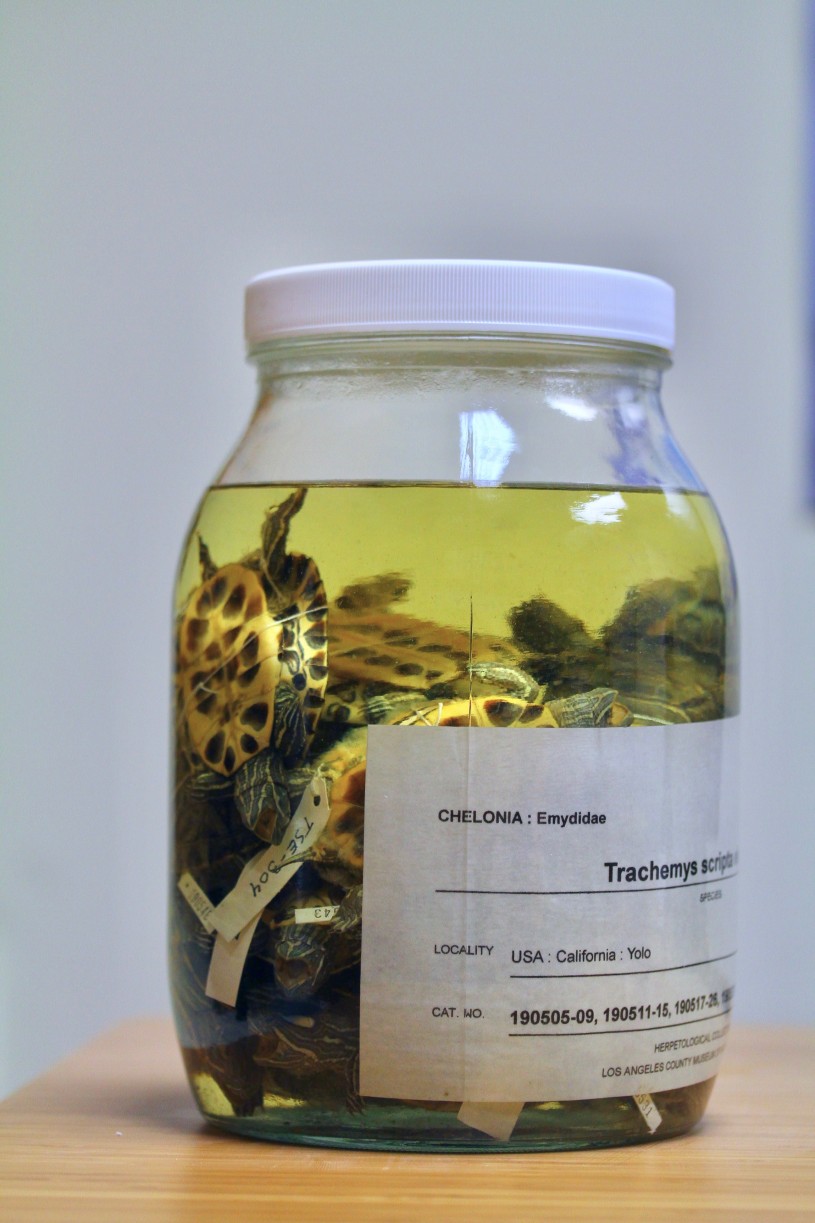
Compared to their ocean going cousins, there hasn’t been the same level of research into how freshwater turtles are dealing with pervasive plastic waste. The lack of research is especially worrisome because freshwater turtles constitute 90% of world turtle diversity. “Sea turtles are high profile, charismatic animals, so they get a lot of attention,” Clause says, and that’s good, but it represents an imbalance. “Many freshwater turtles are equally rare, if not more so—yet they are off people’s radar.”
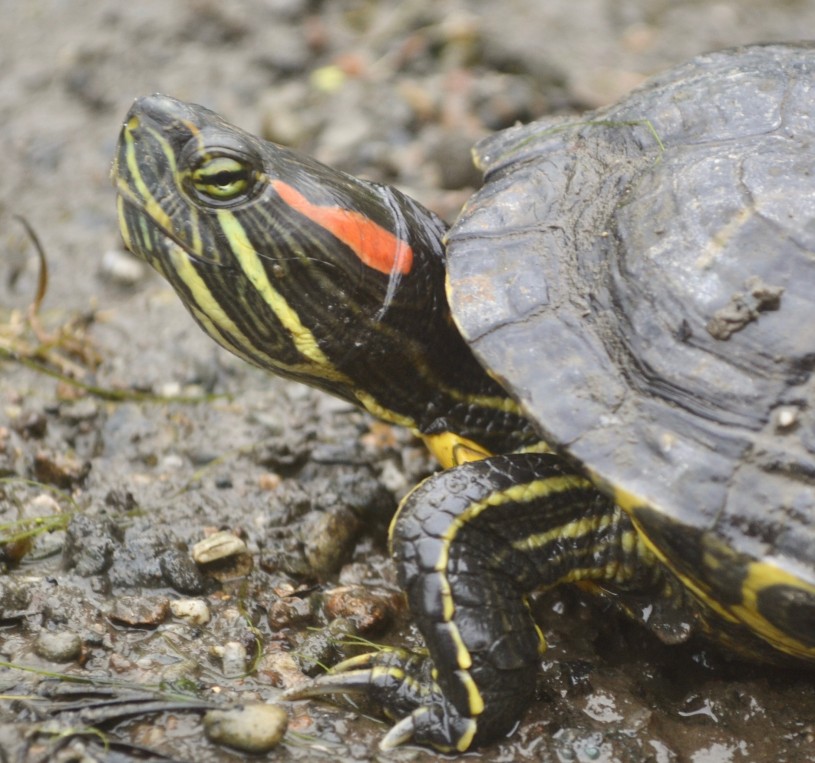
In fact, freshwater turtles are among the most endangered animal groups on the planet. Los Angeles itself has one such species, the southwestern pond turtle (Emys pallida). Elsewhere in California, its close relative the western pond turtle (E. marmorata) also roams waterways. These two species have suffered major declines, and both are being considered for listing under the federal Endangered Species Act. Chances are if you’ve seen a freshwater turtle out and about in the city’s waterways, it was the red-eared slider (Trachemys scripta elegans). While popular in pet shops, the sliders are not native Angelenos, and many scientists suspect that they are harming rare indigenous turtles.
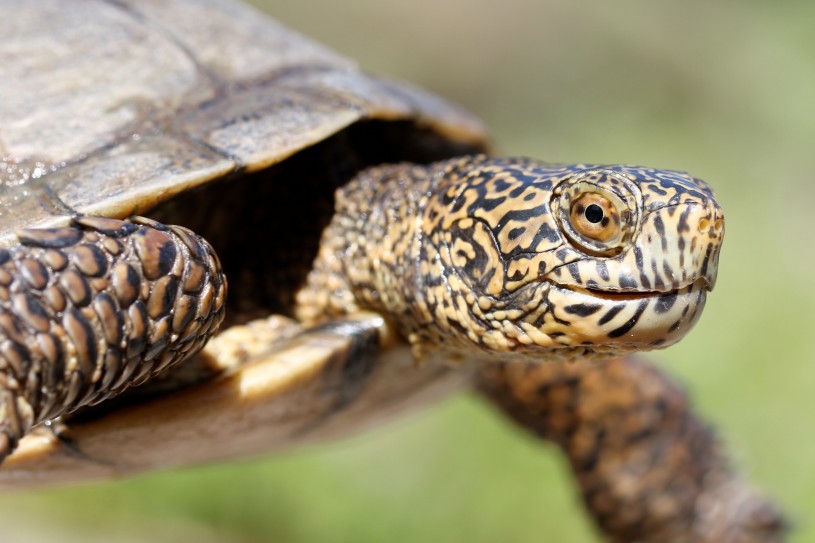
In a separate study, published here, NHM researchers and other scientists experimentally removed red-eared sliders from an urbanized site in California to study the sliders’ effects on native pond turtles. After additional slider specimens reached the NHM collections, Pauly and Clause decided to also investigate whether the sliders had eaten plastic litter.
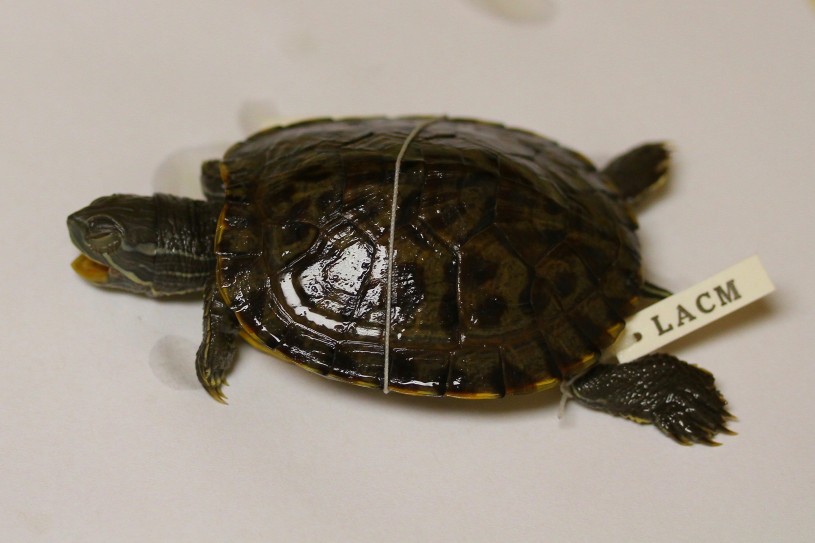
With the jar itself kept safely in an environment as similar to the actual collection space as possible (a dark cabinet), Clause went about dissecting specimens at his home desk. “It's just a matter of pulling the turtles out of the jar, one by one, and cutting the sides of the shell so that you can open the turtle up like a sandwich,” says Clause, helpfully identifying the different parts of a turtle’s shell: the carapace (the top or dorsal side), the plastron (the belly or ventral side) and the bridge (which connects the two sides).
A few careful scissors snips into the intestine and stomach, and voila: a turtle’s last meal is ready to be inspected under a microscope. Everything found inside, both plastic and not, gets stored in vials and labeled for future reference. “We then tuck the organs back inside, replace the plastron, and tie the turtle at midbody with string so that nothing falls apart when you put the turtle back in the jar.”
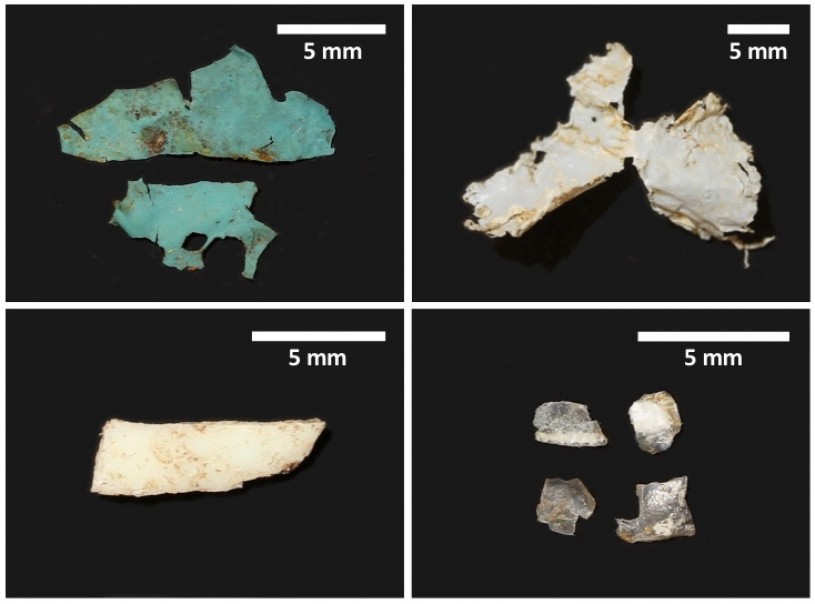
Even in lockdown, cross-departmental collaboration is one of the advantages of working at NHM. Dr. Aaron Celestian, NHM’s Curator of Mineral Sciences, offered invaluable expertise. “One of the more exciting things for me was the chance to join forces in this way. It really benefited the precision of our study,” notes Clause. Using a Raman spectrometer, Dr. Celestian confirmed that the recovered material was plastic, and even what item it came from. The Raman spectrometer uses a laser to produce a chemical signature of an unknown material, which can then be compared to known signatures from different types of plastic.
They discovered that almost 8% of turtles had eaten plastic, across all age ranges. This included blue bits identified as likely being from a nitrile exam glove, suggesting that even before the pandemic, litter from personal protective equipment was entering freshwater systems. The complete results of the study were recently published in the journal Scientific Reports. Without further research, Clause can’t say definitively how deep plastics have wormed their way into the turtle food chain.
This is just the first step in understanding the damage plastics might be doing to Earth’s freshwater turtles. The next step? “We want to study this elsewhere, and with more species,” Clause says. This study involved just one site, and they’ll need to go back in the field to look at other sites to get a fuller picture. “Places where turtles live near cities are some of our top choices,” notes Clause, because turtles there probably encounter more plastic litter than in wildland areas. The NHM researchers are also promoting the idea of regularly looking for plastic in non-native red-eared slider turtles—which are being actively removed worldwide to protect rare native turtles. “We think that those sliders are a useful model or proxy for what other turtles could be eating, because euthanizing lots of endangered turtles to look for plastic in their guts is a no-go,” explains Clause.
Along with museum closures, the pandemic has brought much field work to a halt, so these next steps will have to wait, at least for a while. Air travel is out of the picture for museum researchers, but rethinking international collaboration has been a silver lining of the pandemic. Travel restrictions have forced international conferences to adopt more accessible and environmentally friendly approaches. “Post-pandemic, I'd like to see a continued mix of traditional in-person conferences and also virtual conferences,” Clause says. Sharing research virtually helps to lower participation barriers, opening up research to a broader audience. “When research has global implications, communicating the results equitably is particularly vital,” Clause says.
For now, whether he’s doing it from his desk at home or at NHM, the work goes on. Like a lot of us, Clause is looking forward to returning to the museum, but he’s found ways to stay focused at home. Exercise helps: “It lets me get my blood flowing, clears my mind, and then I can refocus on turtles.”